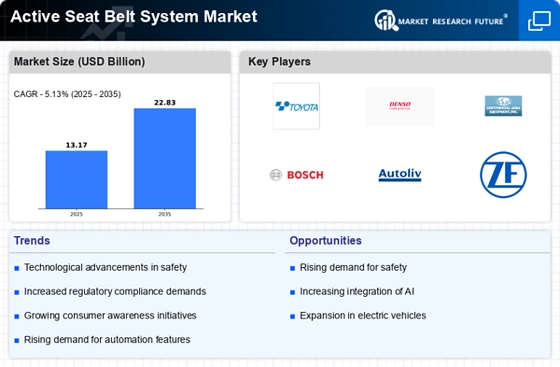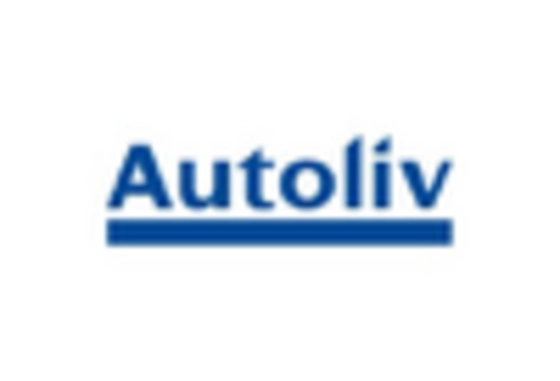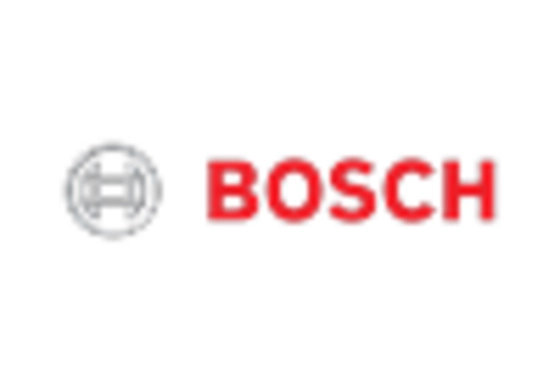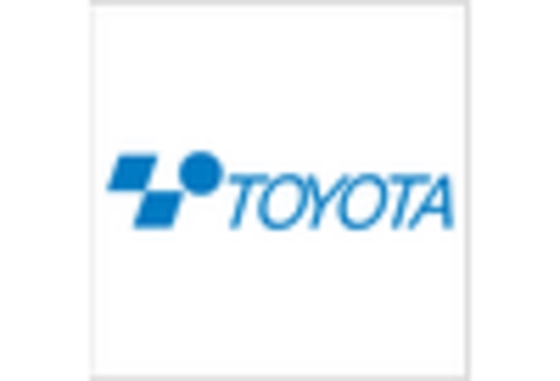Rising Vehicle Production and Sales
The Active Seat Belt System Market is benefiting from the rising production and sales of vehicles worldwide. As automotive manufacturers ramp up production to meet increasing consumer demand, the incorporation of active seat belt systems has become a standard practice. Recent statistics indicate that vehicle sales are projected to rise by approximately 5% annually, further fueling the demand for advanced safety features. This trend is particularly evident in emerging markets, where the growth of the middle class is leading to higher vehicle ownership rates. Consequently, the Active Seat Belt System Market is expected to expand in tandem with the overall growth of the automotive sector.
Consumer Awareness and Demand for Safety
The Active Seat Belt System Market is witnessing a notable increase in consumer awareness regarding vehicle safety features. As consumers become more informed about the benefits of active seat belts, there is a growing demand for vehicles equipped with these systems. Surveys indicate that a significant percentage of potential car buyers prioritize safety features when making purchasing decisions. This shift in consumer behavior is prompting manufacturers to invest in the development of advanced active seat belt systems. Consequently, the market is projected to expand, with estimates suggesting a potential increase in sales of vehicles featuring these safety enhancements over the next few years.
Regulatory Compliance and Safety Standards
The Active Seat Belt System Market is significantly influenced by stringent regulatory compliance and safety standards imposed by various governmental bodies. These regulations mandate the incorporation of advanced safety features in vehicles, including active seat belts, to enhance occupant protection. For instance, the National Highway Traffic Safety Administration has established guidelines that necessitate the implementation of such systems in new vehicle models. As a result, manufacturers are compelled to innovate and integrate active seat belt systems to meet these requirements. This regulatory landscape is expected to drive market growth, as compliance not only ensures safety but also enhances brand reputation in the competitive automotive sector.
Technological Advancements in Safety Features
The Active Seat Belt System Market is experiencing a surge in demand due to rapid technological advancements in automotive safety features. Innovations such as pre-tensioning mechanisms and load limiters are enhancing the effectiveness of seat belts in mitigating injuries during collisions. The integration of sensors and smart technologies allows for real-time adjustments, improving passenger safety. According to recent data, the market for active safety systems is projected to grow at a compound annual growth rate of approximately 8% over the next five years. This growth is driven by consumer preferences for vehicles equipped with advanced safety features, thereby propelling the Active Seat Belt System Market forward.
Integration with Autonomous Driving Technologies
The Active Seat Belt System Market is poised for growth as the automotive sector increasingly integrates active seat belt systems with autonomous driving technologies. As vehicles evolve towards automation, the need for enhanced safety measures becomes paramount. Active seat belts can play a crucial role in protecting occupants during unexpected maneuvers or system failures. The convergence of these technologies is likely to create new opportunities for manufacturers, as they develop systems that not only comply with safety regulations but also enhance the overall driving experience. This integration is expected to drive innovation and investment in the Active Seat Belt System Market.


















Leave a Comment